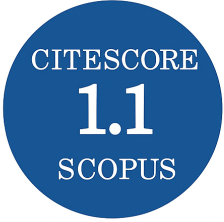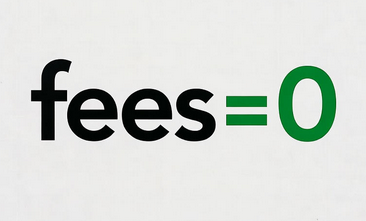Closed -Form Expressions forPredicting Certain Projectile Trajectories
DOI:
https://doi.org/10.3849/aimt.01782Keywords:
ballistics, trajectories, small armsAbstract
Accurate prediction of the trajectory of a projectile passing through air almost always requires the aid of computer-assisted numerical procedures. Herein are derived closed-form expressions for a certain class of such trajectories, which can provide insights not readily obtainable with computer codes alone. For example, the expressions reveal errors in widely-promulgated formulas for predicting the effects of Coriolis acceleration and of uphill or downhill launches. An example is presented showing negligible differences between results from expressions derived herein and those from a well-developed and widely-used code that uses numerical integration. Such agreement can be expected for flat trajectories of projectiles with shapes resembling that of a standard, so-called G-7 projectile, in the supersonic speed range.
References
Ballistics Calculator [online]. [viewed 2022-08-09]. Available from: https://bergerbullets.com/ballistics-calculator/
KANE, T.R. and D.A. LEVINSON. Dynamics: Theory and Applications. New York: McGraw-Hill, 1985. ISBN 0-07-037846-0.
LITZ, B. Applied Ballistics for Long-Range Shooting. 2nd ed. Lafayette: Ap-plied Ballistics; 2011. ISBN 0-615-45256-6.
American Institute of Physics Handbook. 3rd ed. New York: McGraw-Hill, 1972. ISBN 0-07-001485-X.
McCOY, R.L. Modern Exterior Ballistics. Atglen: Schiffer Publishing, 1999. ISBN 0-7643-0720-7.
Downloads
Published
Issue
Section
Categories
License
Copyright (c) 2024 Advances in Military Technology

This work is licensed under a Creative Commons Attribution-NonCommercial 4.0 International License.
Authors who publish with this journal agree to the following terms:
1. Authors retain copyright and grant the journal right of first publication with the work simultaneously licensed under a Creative Commons Attribution License that allows others to share the work with an acknowledgement of the work's authorship and initial publication in this journal.
2. Authors are able to enter into separate, additional contractual arrangements for the non-exclusive distribution of the journal's published version of the work (e.g., post it to an institutional repository or publish it in a book), with an acknowledgement of its initial publication in this journal.
3. Authors are permitted and encouraged to post their work online (e.g., in institutional repositories or on their website) prior to and during the submission process, as it can lead to productive exchanges, as well as earlier and greater citation of published work.
Users can use, reuse and build upon the material published in the journal for any purpose, even commercially.






